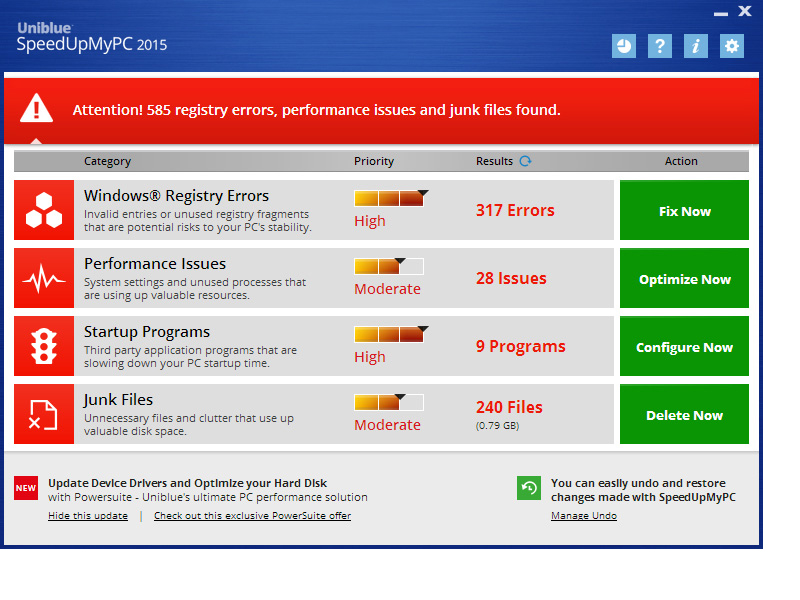

Note that “optimize” means to defrag HDDs and to run the TRIM command on SSDs.
Speed up my computer for free password#
You might be asked for an admin password or to confirm your choice. Step 5: Tap or click Optimize for the desired drives. If an SSD hasn’t been optimized in the past 30 days, you should also consider optimizing it. If an HDD is more than 10% fragmented, you should optimize the drive now. Step 4: After Windows is finished analyzing the HDD, check the Current Status column to see whether you need to optimize the drive.

Note that the Analyze button will be disabled for SSDs. Step 3: To determine if an HDD needs to be optimized, click Analyze. The Media Type column tells you what type of drive you’re optimizing. Step 2: Under Status, tap or click the drive you want to optimize.
Speed up my computer for free windows#
Step 1: Place your cursor in the Windows search box and type “defragment.” Afterward, select Defragment and Optimize Drives from the resulting list to open the Optimize Drives utility. Take a look at the different options for optimizing both types of drives: Instead, SSDs have their own optimization technique known as the TRIM command, which can be performed to rid an SSD of any blocks of data that are no longer needed and keep them in peak operating condition. In fact, you don’t want to defrag SSDs - they wear out over time, and the process of defragging them will shorten their lifespans. Solid-state drives (SSDs) don’t suffer the effects of defragmentation because there’s no spinning disk to hunt around to find data, meaning you don’t need to worry about defragging them. That’s exactly what your HDD does over time, and so in order to keep all your data neatly organized and your system up to speed, it’s best to clean things up on a regular basis through a process known as “defragmentation.” Defragmenting, or defragging, a drive basically moves blocks around so that each file is held in a single location and thus can be retrieved much more quickly. Your memory is awesome, and so you can find all the papers you need, but you waste time moving around looking for them. Think of it as a messy office, where you opened files from your cabinet and placed them haphazardly around the room. Bigger files equate to more blocks, and as you copy, move, and rearrange files, those data blocks are sometimes organized in an inefficient way. Hard disk drives (HDDs) store files as blocks of data that can be scattered around the platters that make up an HDD.


 0 kommentar(er)
0 kommentar(er)
